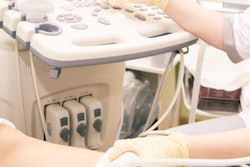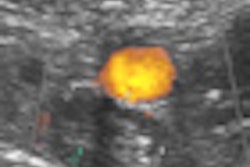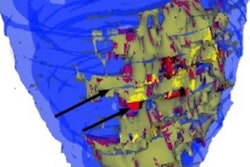General practitioners can be trained in compression ultrasonography to accurately diagnose deep vein thrombosis (DVT), according to research published in the November/December issue of the Annals of Family Medicine.
A team led by Dr. Nicola Mumoli of the Ospedale Civile di Livorno in Italy found a 95% diagnostic agreement rate between general practitioners trained in lower limb compression ultrasound and radiologists who were experienced in vascular ultrasound (Ann Fam Med, November/December 2017, Vol. 15:6, pp. 535-539).
The study included 1,107 patients with suspected DVT; patients underwent bilateral proximal lower limb compression ultrasound conducted by both general practitioners and by vascular ultrasound radiologists between May 2014 and May 2016. Each group was blinded to the other's findings.
The radiologists diagnosed deep vein thrombosis in 200 patients, for an overall prevalence rate of 18.1%. The agreement between the trained GPs and experts was excellent (95% confidence interval: 0.84-0.88).
Compression ultrasound performed by general practitioners had a sensitivity of 90%, specificity of 97.1%, and diagnostic accuracy of 95.8% for identifying these DVT cases, the researchers found.
"Our results suggest that, even in hands of physicians not expert in vascular ultrasound, compression ultrasound can be a reliable tool in the diagnosis of DVT," they concluded. "We found that the sensitivity achieved by general practitioners appeared suboptimal, however, so future studies should evaluate the implementation of proper training strategies to maximize skill."



















